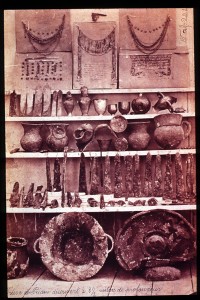A Community for Curious Minds who love History, its Odd Stories, and Good Reads
A Community for Curious Minds who love History, its Odd Stories, and Good Reads
By Holly Tucker
 Some of the most important scenes in the Odyssey take place in Sparta, where Telemachus, Odysseus’ son goes to search out news of him. The Sparta of the Odyssey, however, was a very different place from the later, more famous city-state that rose to rival Athens during the period of the Greco-Persian and Peloponnesian Wars. King Leonidas, probably the most famous Spartan ruler, would not live until four centuries after Homer, who himself lived more than three centuries after the events of the Iliad and Odyssey.
Some of the most important scenes in the Odyssey take place in Sparta, where Telemachus, Odysseus’ son goes to search out news of him. The Sparta of the Odyssey, however, was a very different place from the later, more famous city-state that rose to rival Athens during the period of the Greco-Persian and Peloponnesian Wars. King Leonidas, probably the most famous Spartan ruler, would not live until four centuries after Homer, who himself lived more than three centuries after the events of the Iliad and Odyssey. Giveaway is closed.
Giveaway is closed.